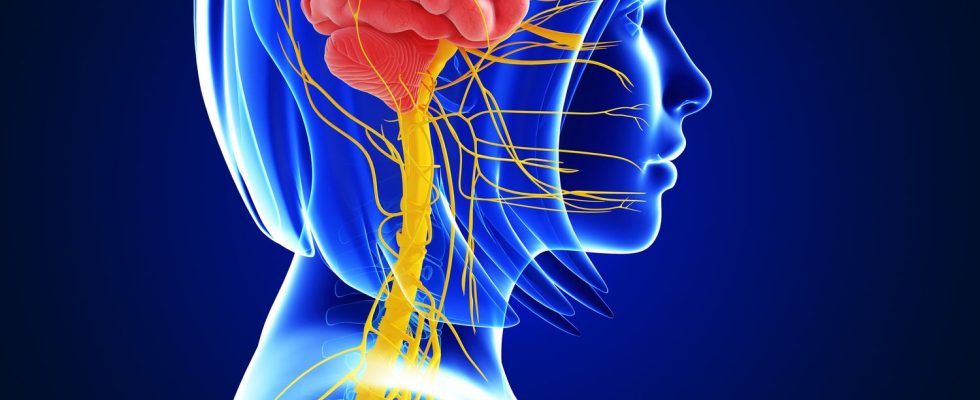In Oregon, Amber Pearson became the first in the world to receive a brain implant to help combat obsessive-compulsive disorder. This young woman suffered from very serious OCD.
Obsessive compulsive disorder (OCD) affects more than two and a half million Americans, but to varying degrees. In the case of Amber Pearson, a 34-year-old from the town of Albany, near New York, her OCD, which appeared in high school, is ruining her life. She says she sometimes loses eight hours a day because of these disorders. 45 minutes, for example, to ensure that windows and doors are closed before going to bed. She showers every time she changes her cat’s litter box. She eats alone most often for fear of food contamination by others. She sometimes doesn’t dare leave her house.
The effects are even physical, she washes her hands so often and with so much intensity that her knuckles bleed. Amber underwent therapy and took medication that didn’t change anything. “All the decisions I make depend on my OCD, it’s always in the back of my mind”, she tells the Wired site. She also has epileptic seizures, but while these seizures bother her on occasion, OCD, she says, “control your life”.
Amber Pearson first agreed to have a brain implant to control her epileptic seizures. Deep brain stimulation has been around for three decades but has never been used for OCD. And in 2019, Amber Pearson accepted an experimental treatment from Oregon Health and Science University. The goal: that the implant also helps him with OCD.
Her OCD only requires her 30 minutes a day
The young woman therefore has an electrode 32 millimeters long, implanted in her brain, capable of detecting her neuronal signals and which sends an electrical impulse when she observes an abnormal reaction, a bit like a pacemaker. And to program this implant, the university researchers had to know what triggered OCD. In the laboratory, for example, they showed Amber seafood, one of the foods that stresses her, and analyzed her brain activity, spotting what they call a neuronal signature.
The intervention dates from 2019, so the study is four years old and Amber Pearson is satisfied, even if it took a few months for her to feel the effects of the treatment. Her obsessions only take up the equivalent of half an hour a day, compared to eight hours before the implant. She says she now has much better relationships with those close to her. This is a single patient with her own OCD, so it is not certain that the technique works for everyone, but the results are very encouraging.
